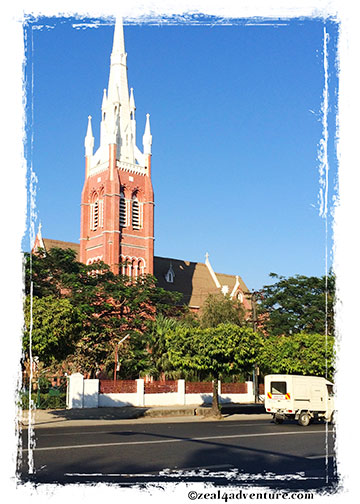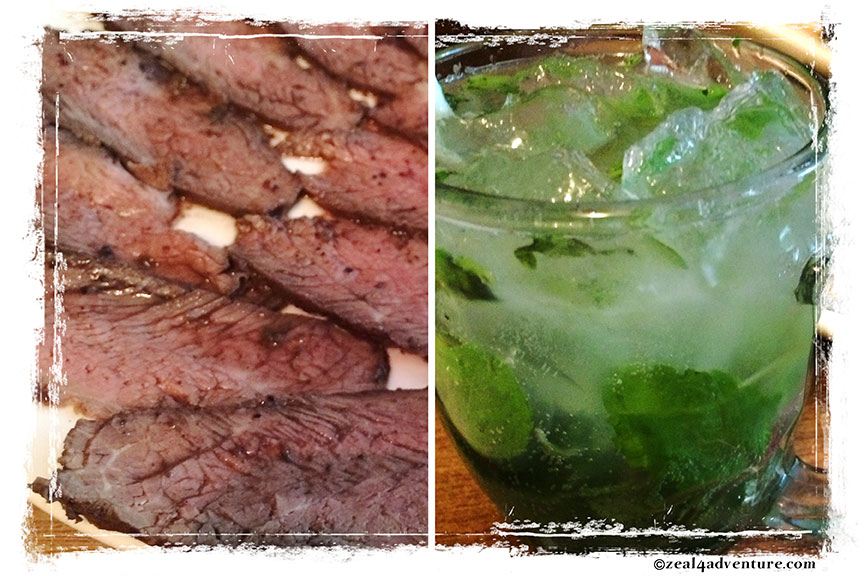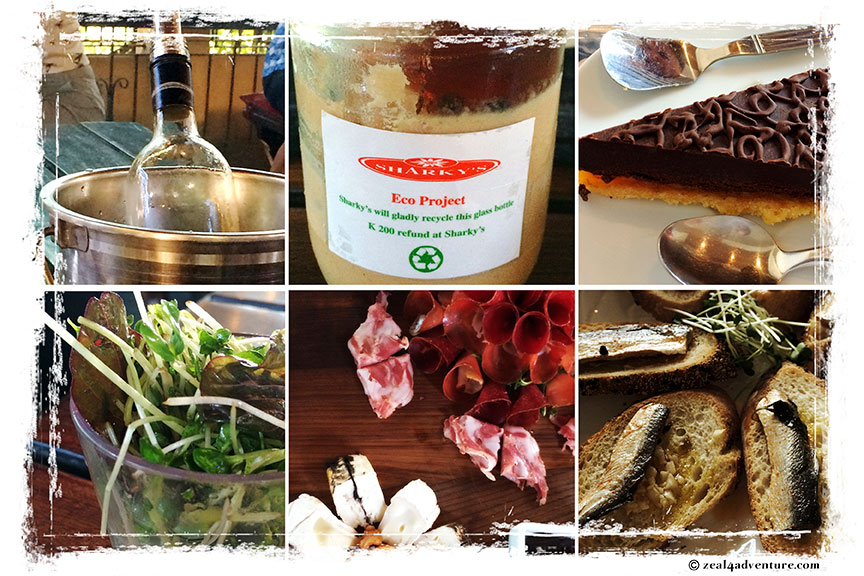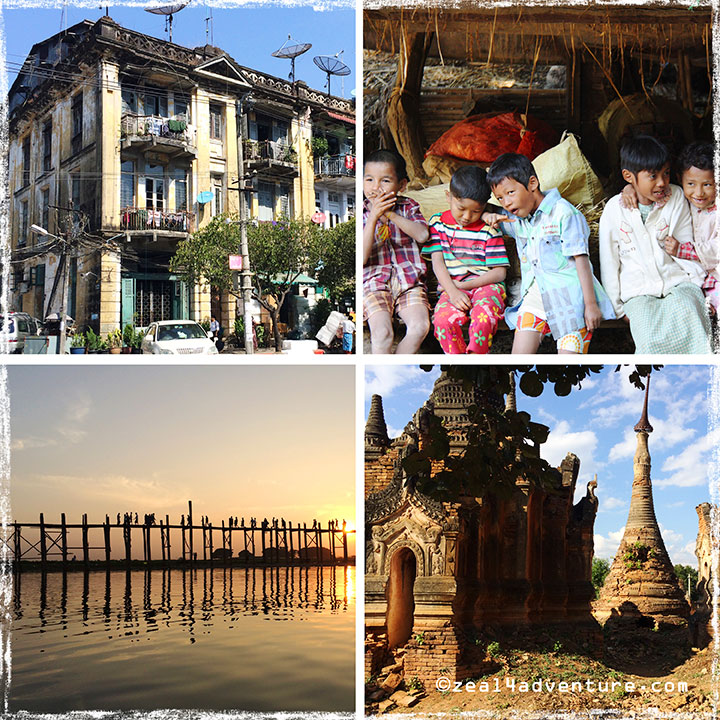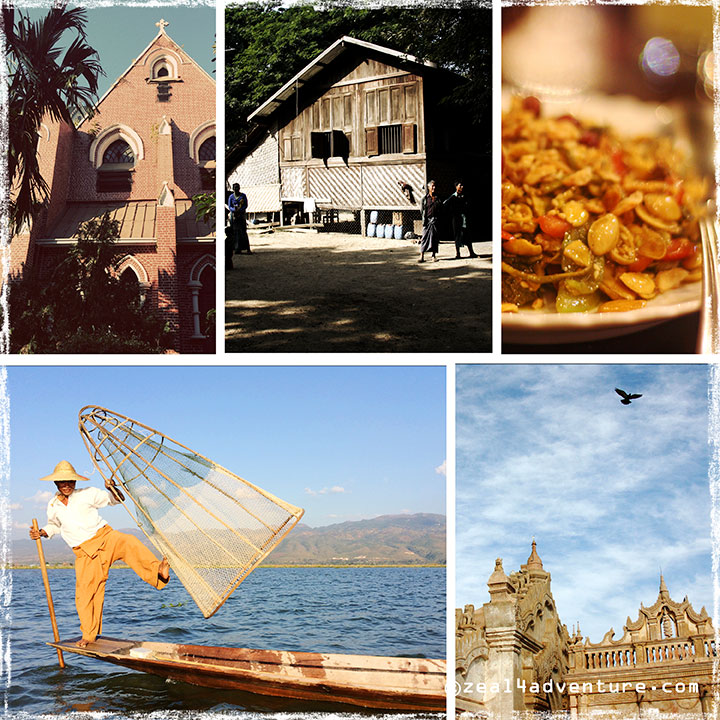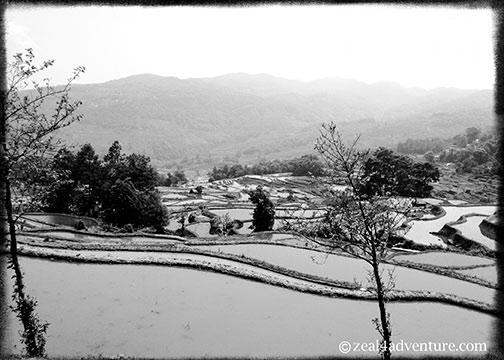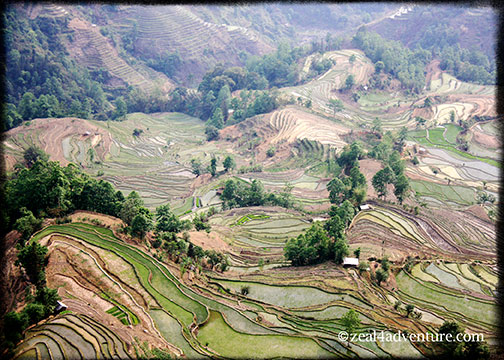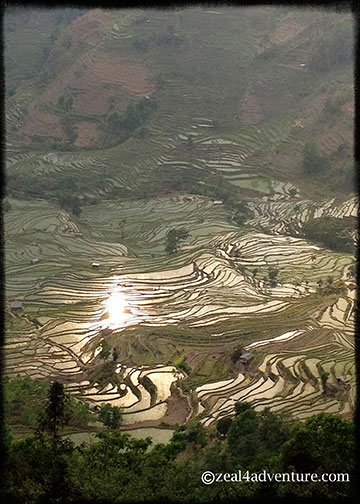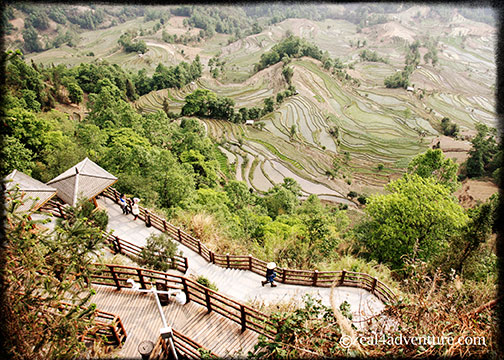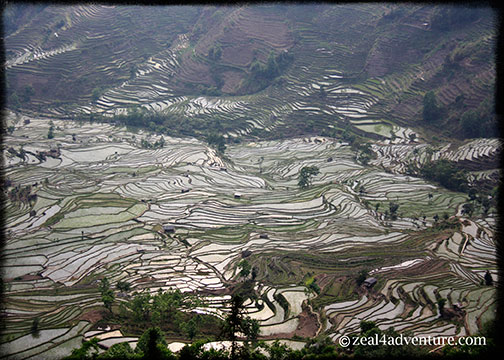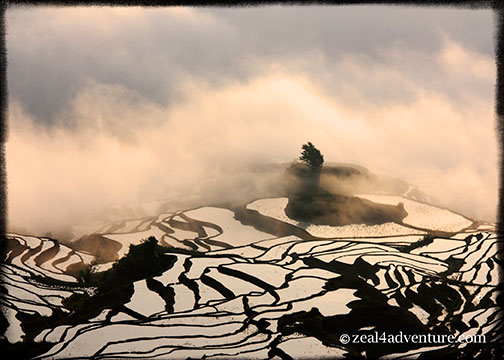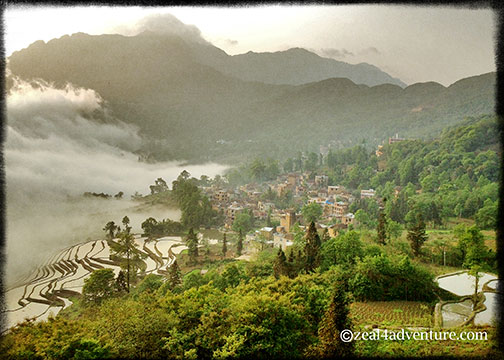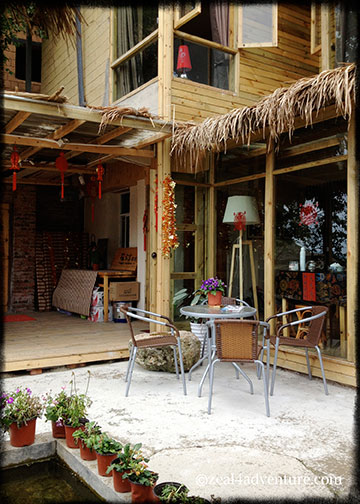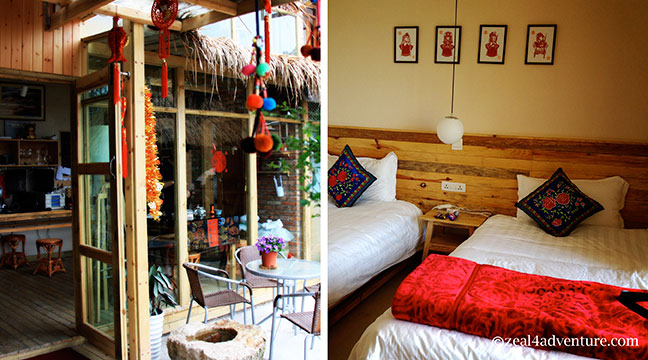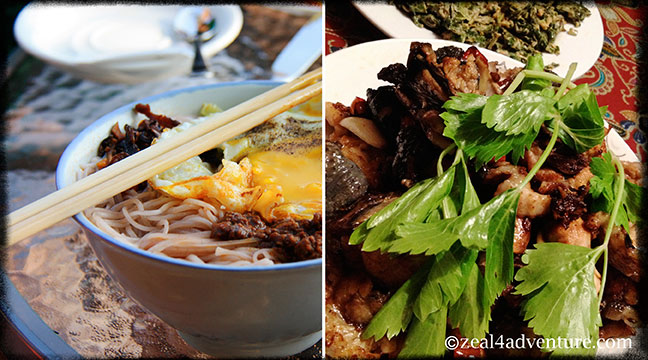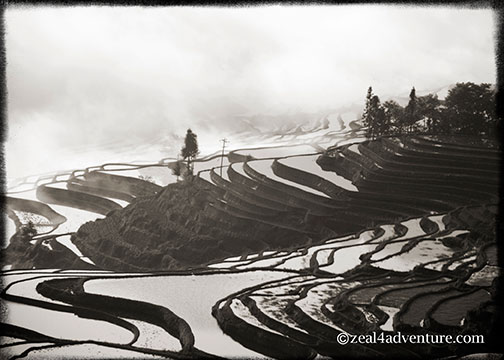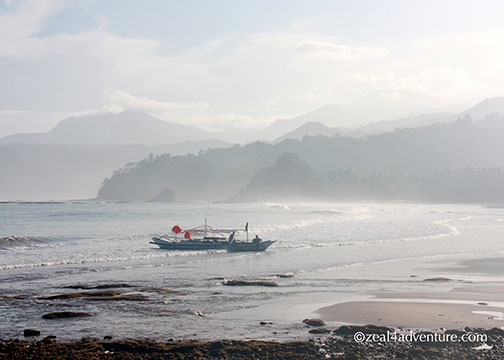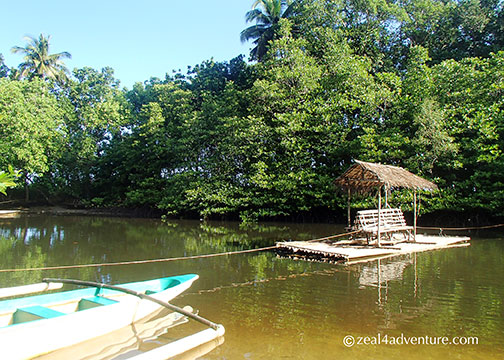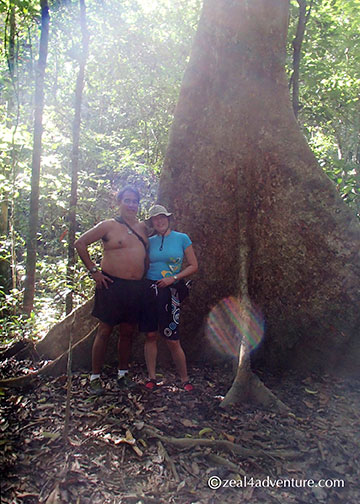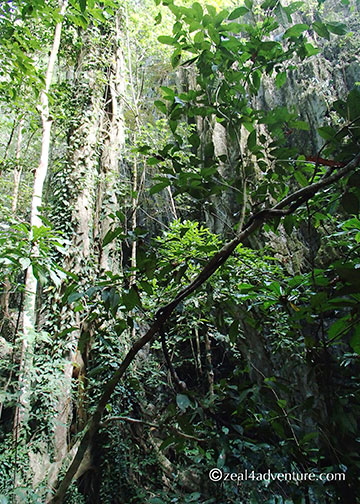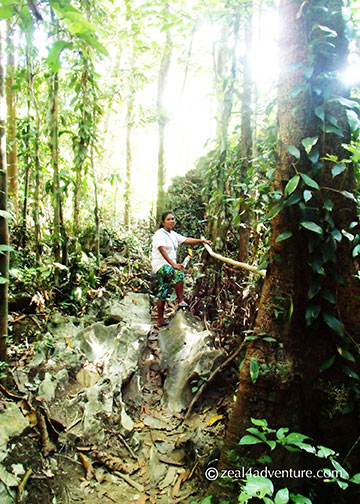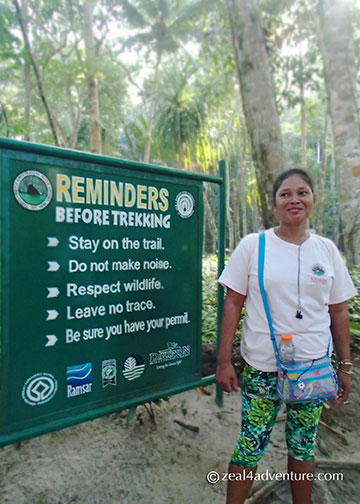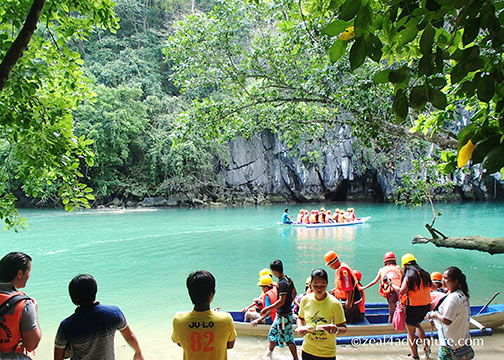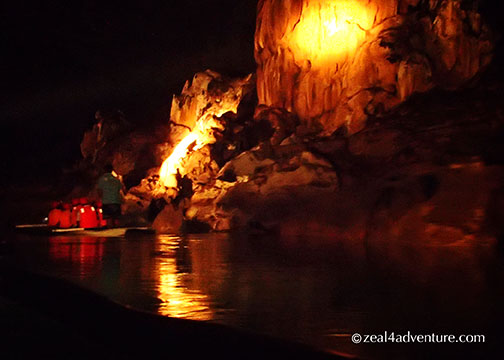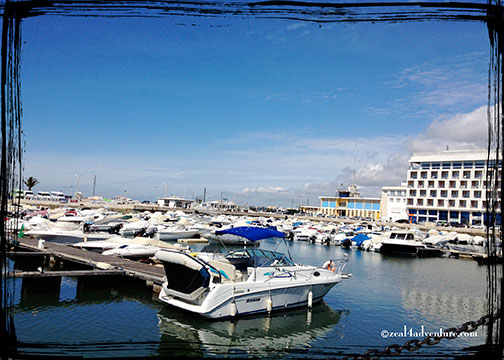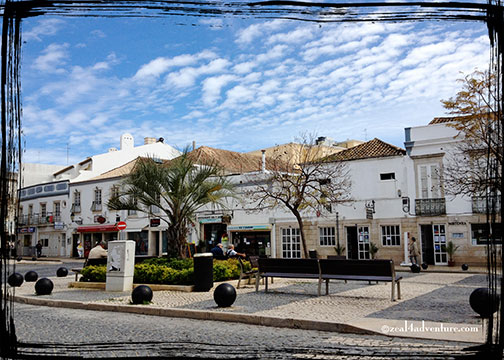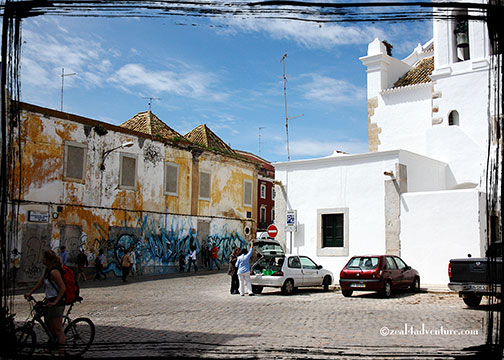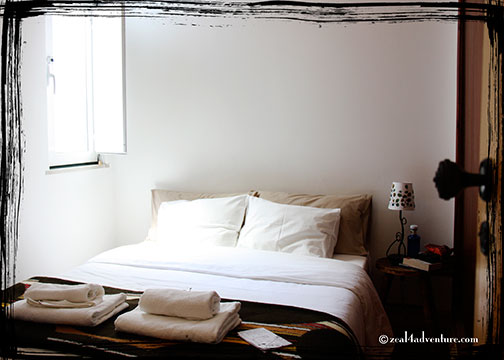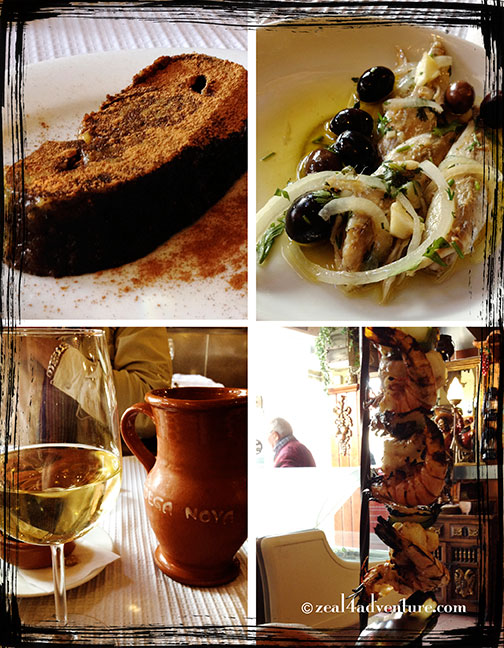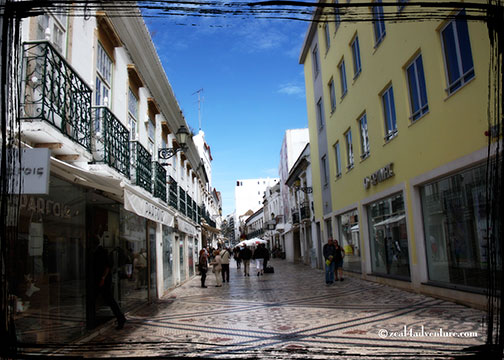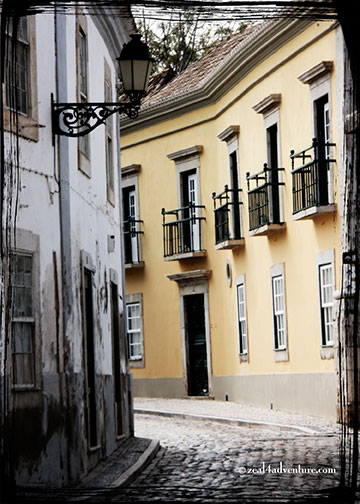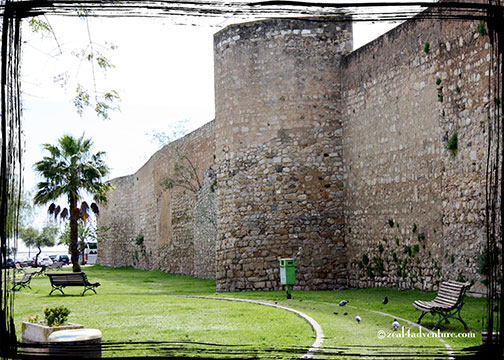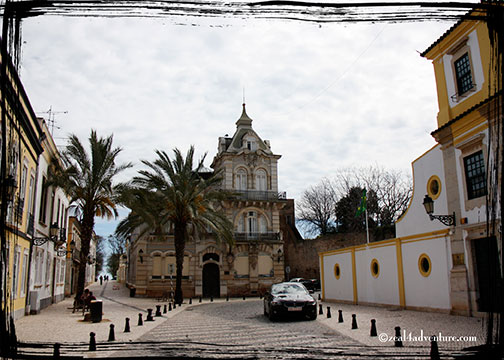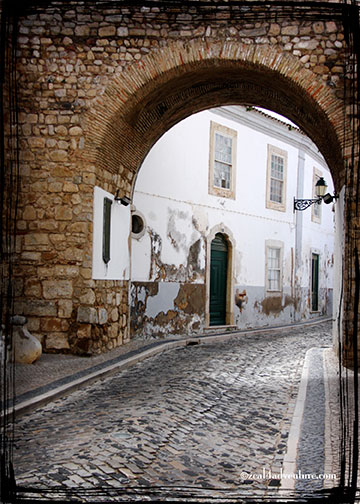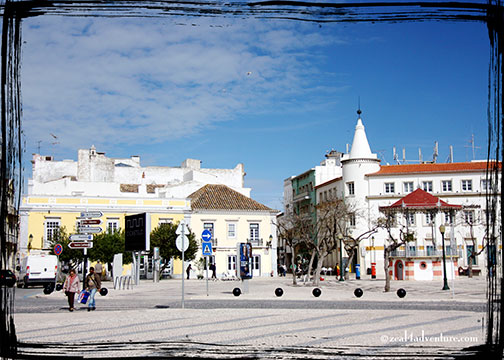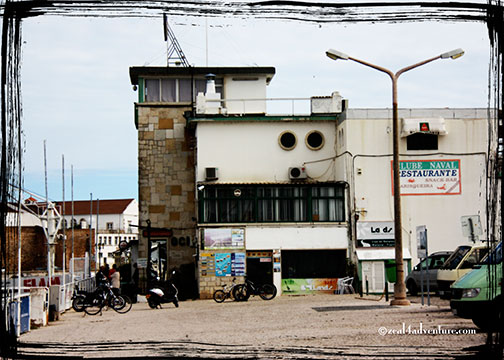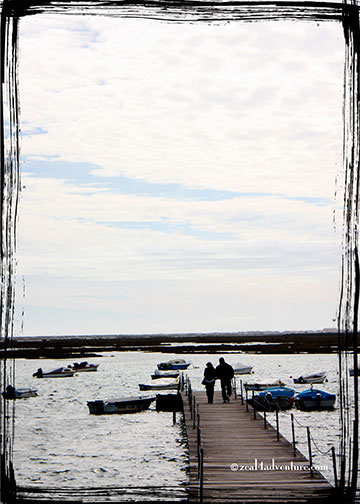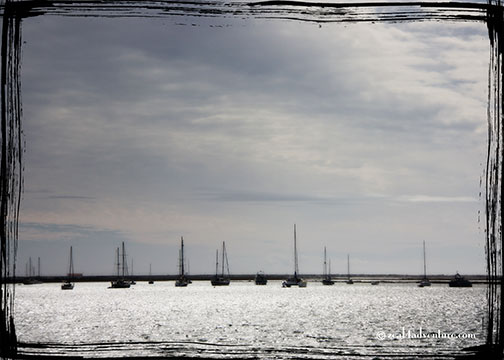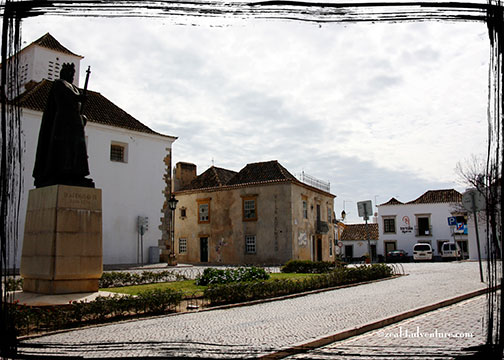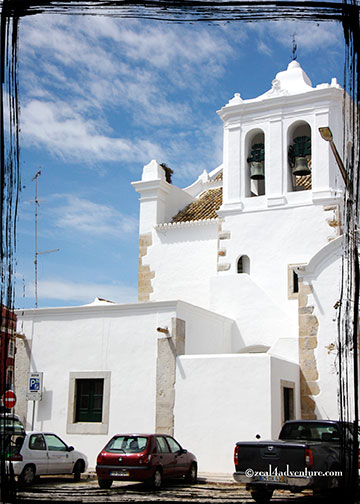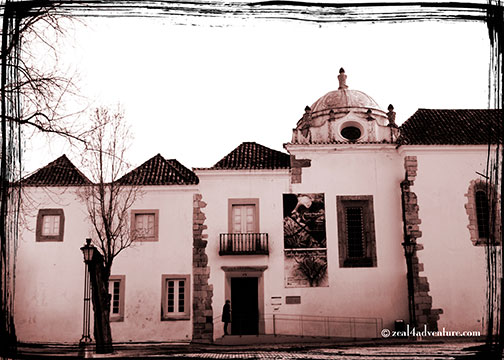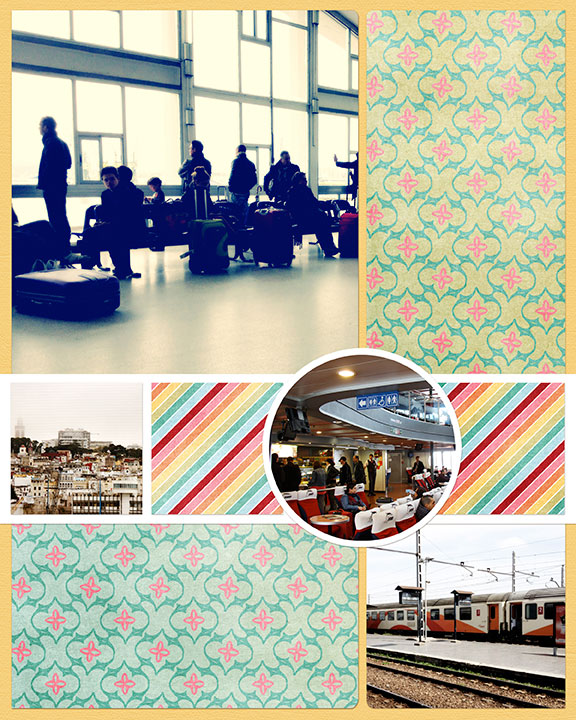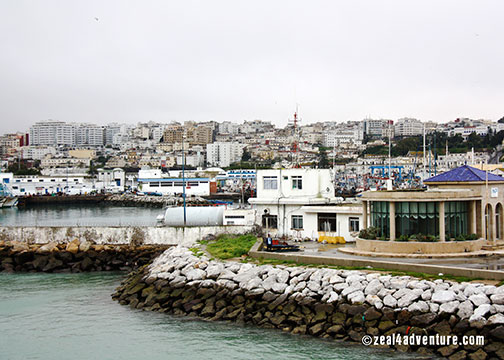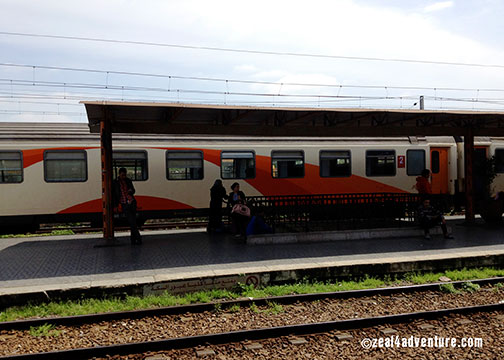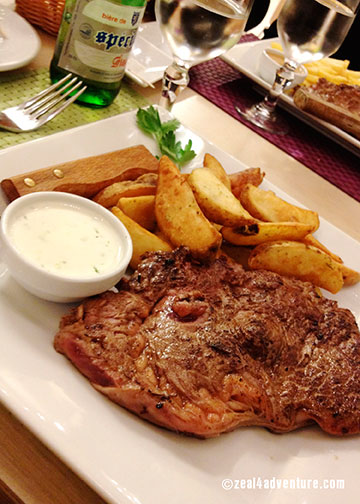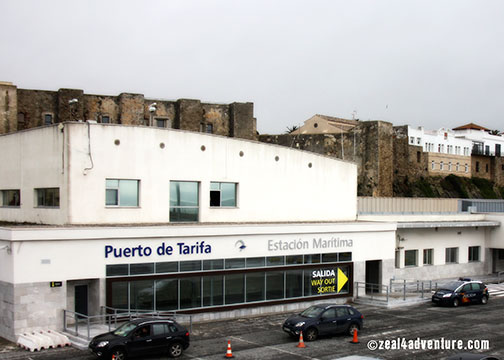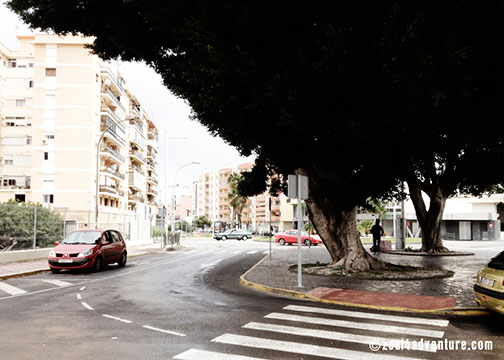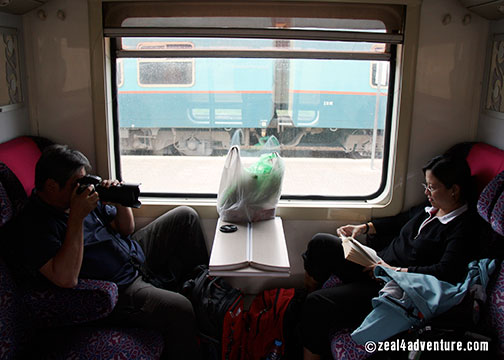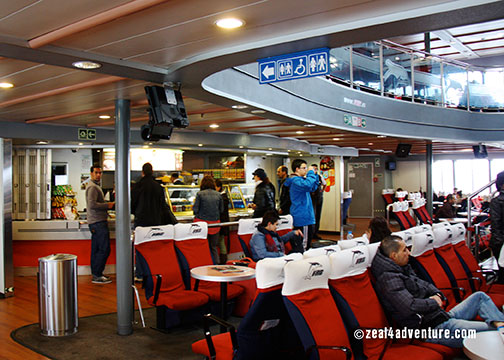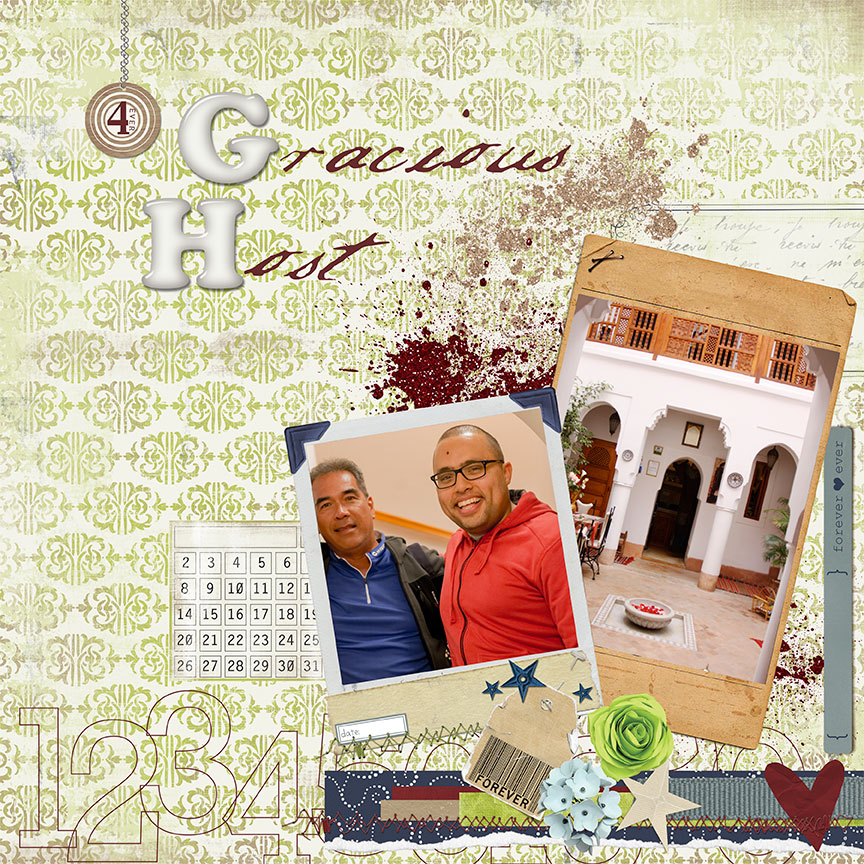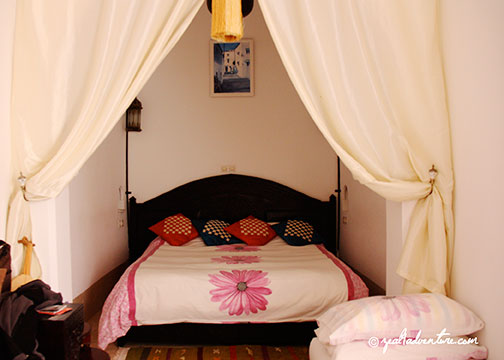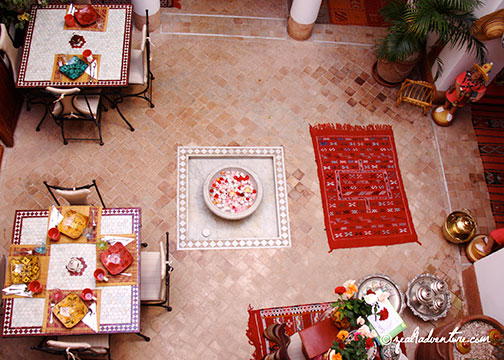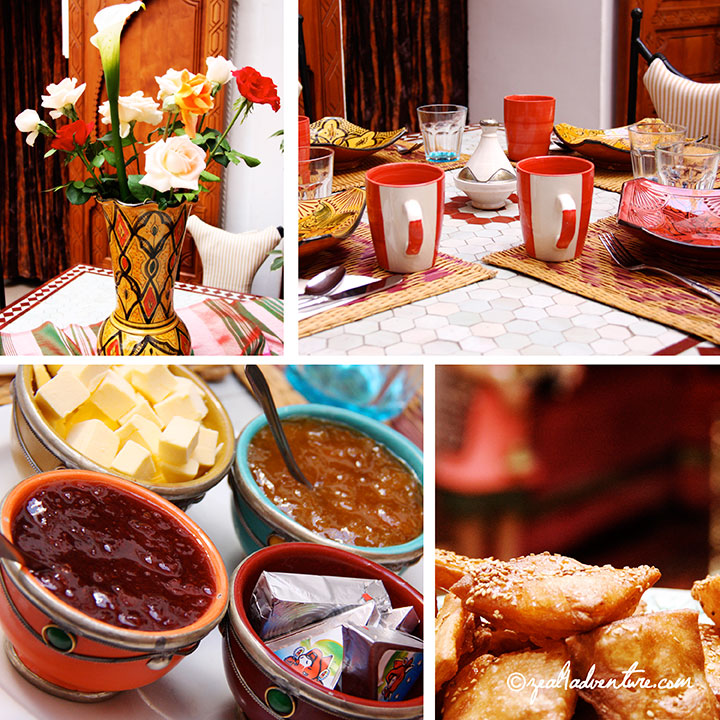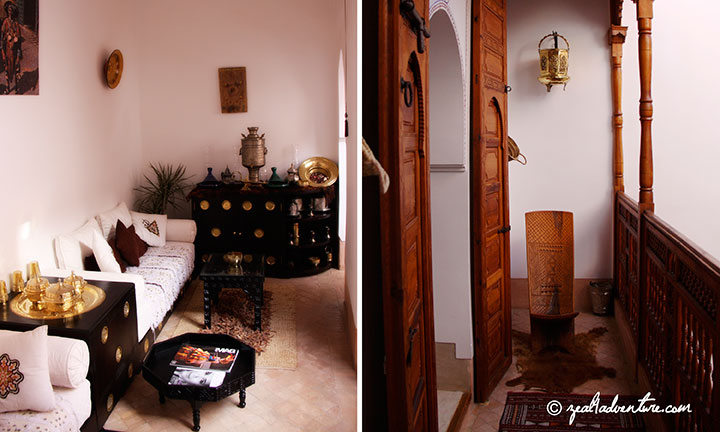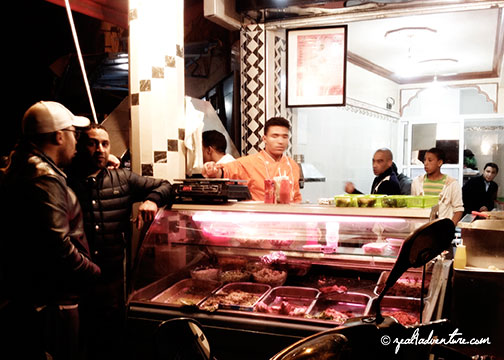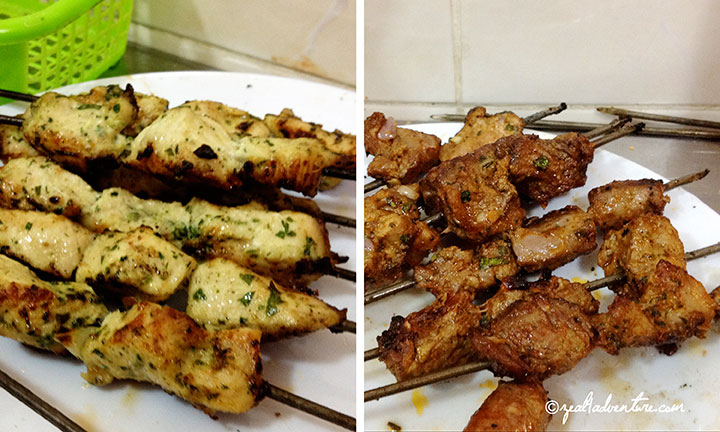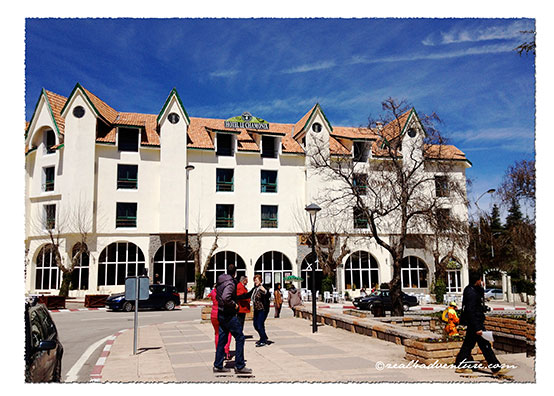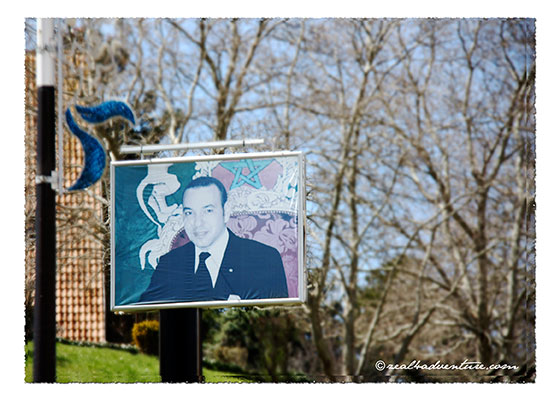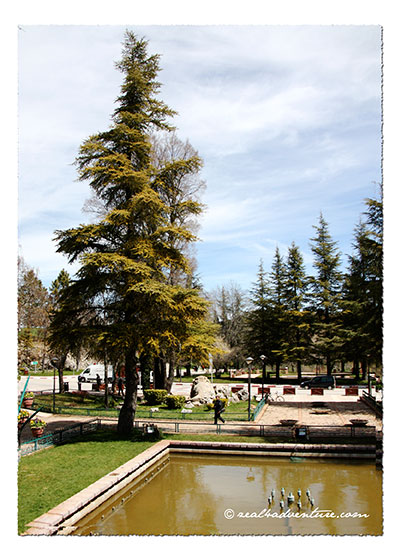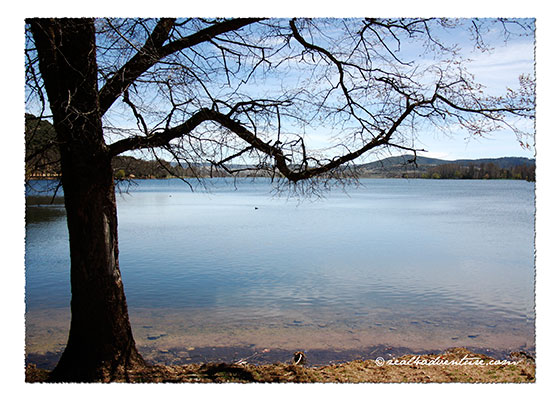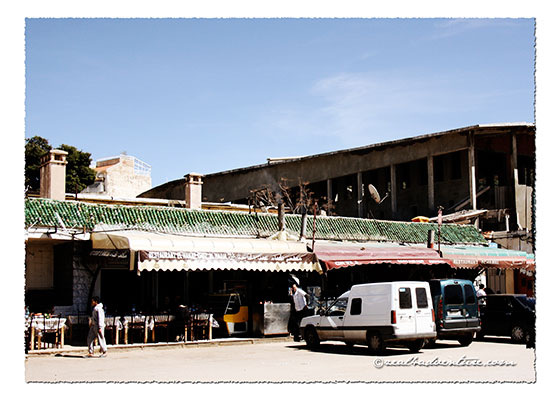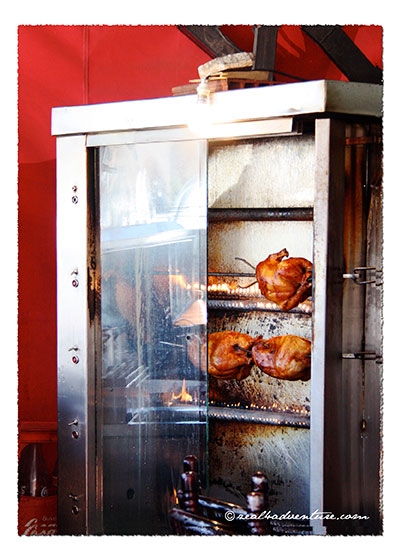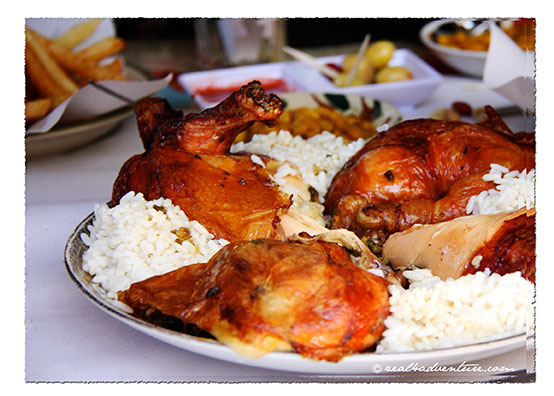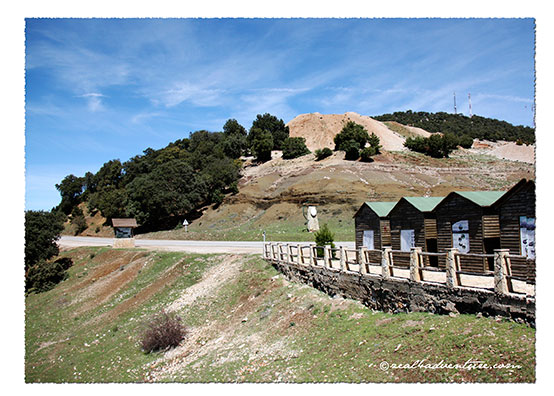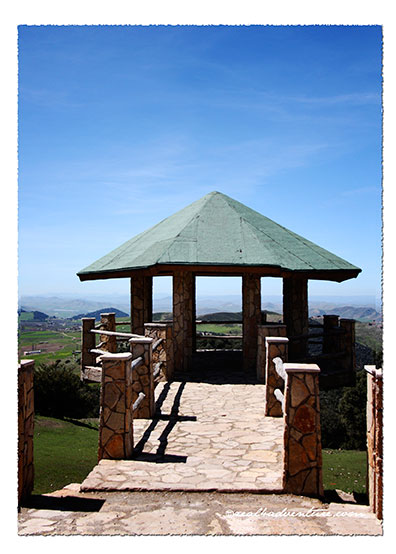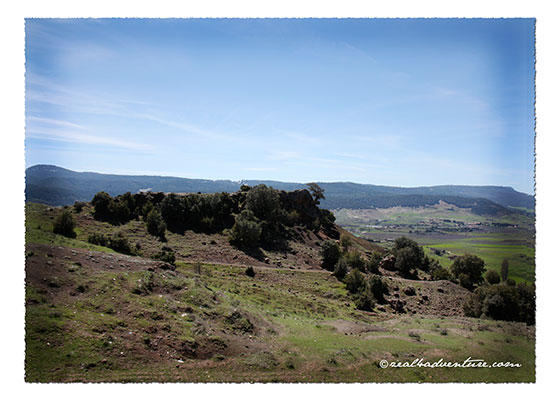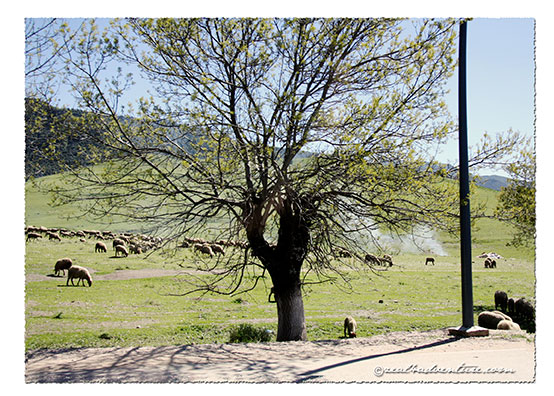“Alahu Akbar, god is great, come and pray,” an imam calls to the neighborhood over a loud-speaker, a familiar background noise by now. In a different light, tradesmen standing outside his store enthusiastically calls for attention to sell with “Konichiwa,” “Ni Haw,” or a simple “Hello.”

The medina, albeit still a maze, is not as intimidating as the one in Fes. Weaving through the wider (relative to Fes’) streets,
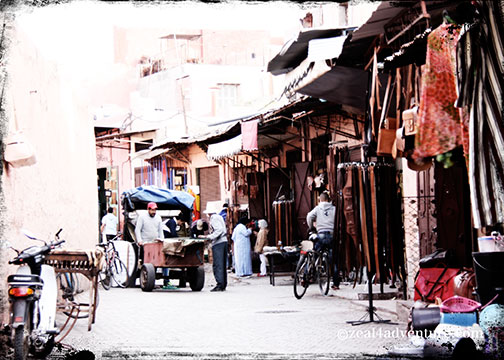
I breathe in an assortment of aromas, the whiff of floral scent of potpourri; the intense smell of mix spices; the fragrance of shredded wood; the distinct odor of leather.
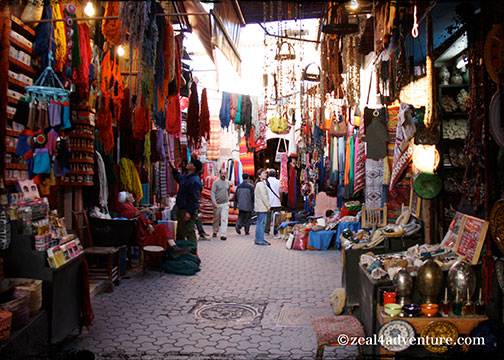
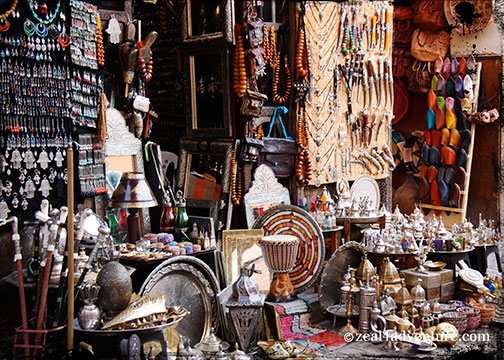
I notice that, in contrast to Fes, the medina is packed with shops intended for tourists. Though having earned the reputation of being ruthless shopkeepers, I saw them as affable to foreigners often calling out a “Where you from?” and returning an “Ah Philippine, welcome to Morocco!”
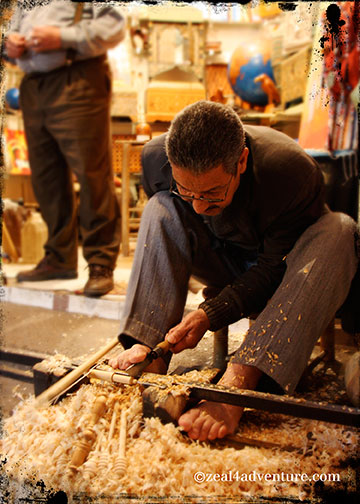
Adding to this are tout craftsmen who invite curious people like us to be entertained, at the very least – I picked up a few of his merchandise. 🙂

Marrakech also known as the “Red City” is a major city of Morocco, north of the foothills of the snow-capped Atlas Mountains.
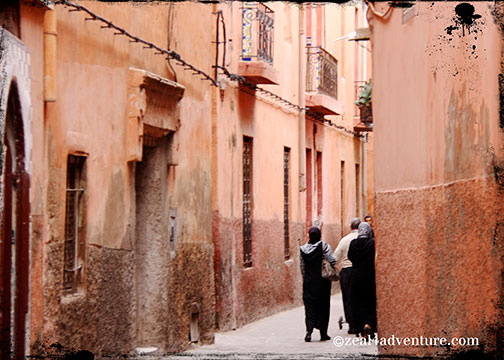
The city surrounded by blush colored walls, initially a fortress and a symbol of power, was constructed in the 12th century, the bricks used is a mixture of red mud and water from the Hazou plains.
The city is divided into two distinct parts – the medina and the new European modern district called Gueliz or Ville Nouvelle.
 Shops in Ville Nouvelle
Shops in Ville Nouvelle
This post will be all about the historic city, its market and its famous square. Get lost in the narrow, labyrinth streets of this ancient rose-hued city and let it take you back in time.
Djemaa el-Fna
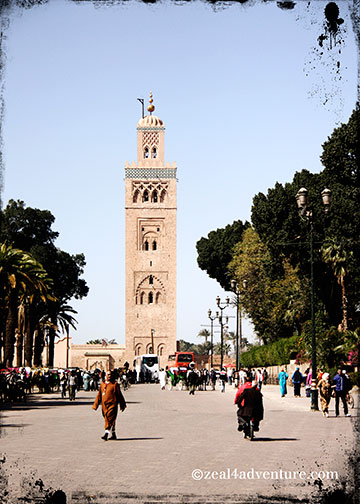
It is said that the minaret of Koutoubia mosque is the heart of Marrakech, but the soul of the city lies just 200 meters away, in the city’s market square and forum that has been in existence since its foundation.
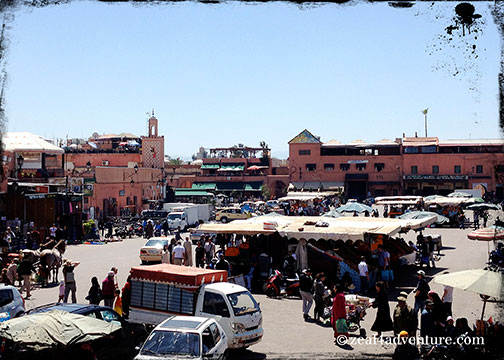
Part of the UNESCO World Heritage Site, it owes its fame to its size, its unique atmosphere, and for bringing history to life daily.
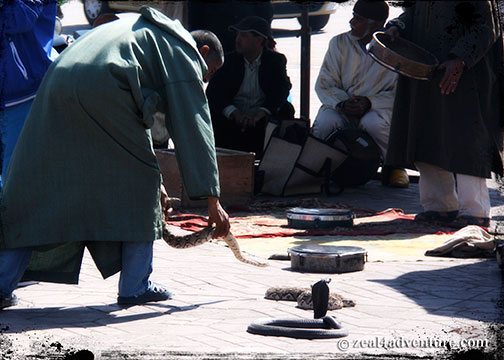
A medieval circus of musicians, dancers, snake charmers, story tellers… share the square with the fruit and juice stands.

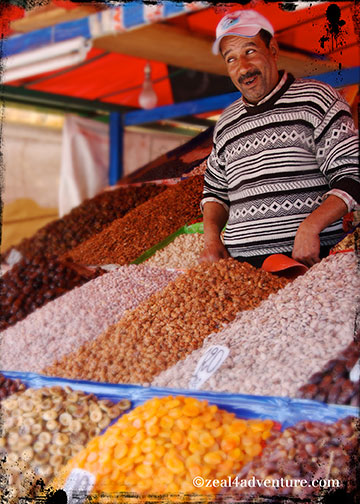 Chaotic yet in tune with the din of drumbeats and enthusiastic hollers.
Chaotic yet in tune with the din of drumbeats and enthusiastic hollers.

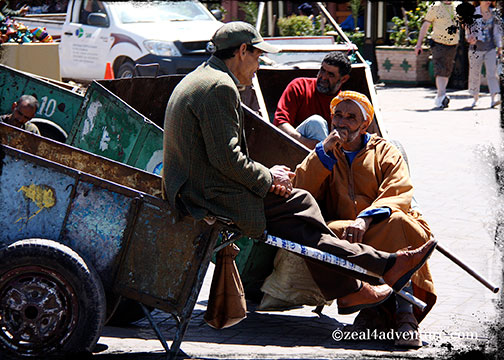
The way to experience it is to be among it all but the best way, I found out, is to watch the hustle of activities and be entertained by Djemaa el-Fna’s daily performers from any of the peripheral cafes and restaurants’ upper terrace.
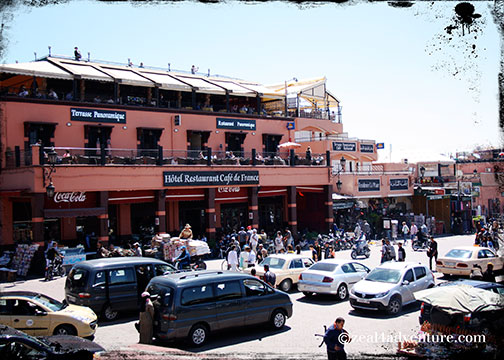
It will be a show you don’t want to miss.
The show doesn’t peak until sundown when the square has a different life. Rows of street stalls under giant white tents are set up each night not only for the tourists but are, in fact, local food jaunts, as well.

Food is prepared hot and fresh along the countless stalls serving authentic favorites one must have when in Morocco. Head out one night and eat like the locals do and be serenaded with the sounds of live Moroccan music. Troupes of Andalusian or Gnaoua musicians perform as part of a dinner show around the square.
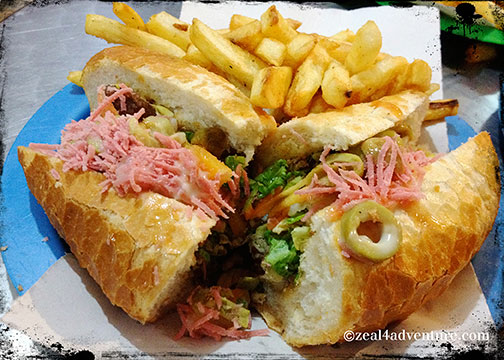
If the confusion seems to be overwhelming, look for small eateries serving these sandwiches they call bocadios.
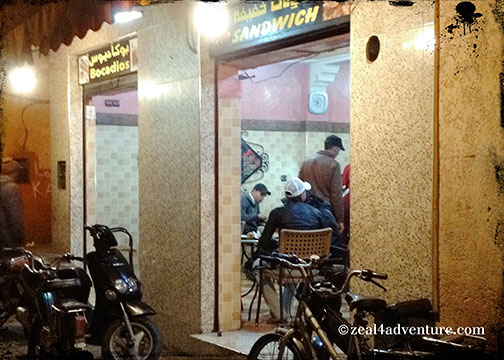
Amazing stuff found in the corners of the medina away from the disarray – it helps though if you can speak Moroccan or French.
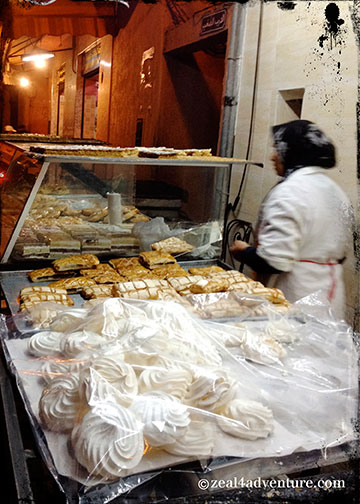
And just outside, a lady sells wonderful Moroccan sweets. Perfect for dessert.
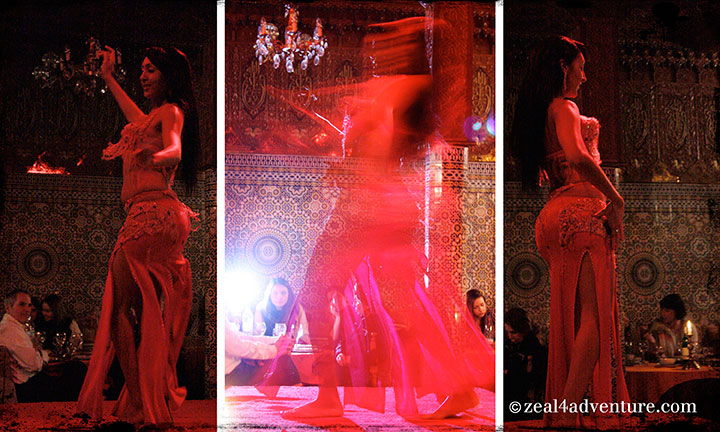
Or escape to an evening of belly dancing, for a different kind of entertainment.
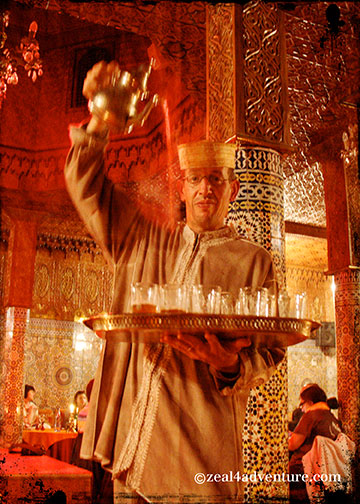 The proper way to pour Moroccan mint tea, as performed by our very gracious waiter.
The proper way to pour Moroccan mint tea, as performed by our very gracious waiter.
Wander and get lost around the endless maze of souks
Marrakech has the largest traditional market in Morocco and it is so easy to spend your dirham at the seemingly endless maze of souks inside the medina.
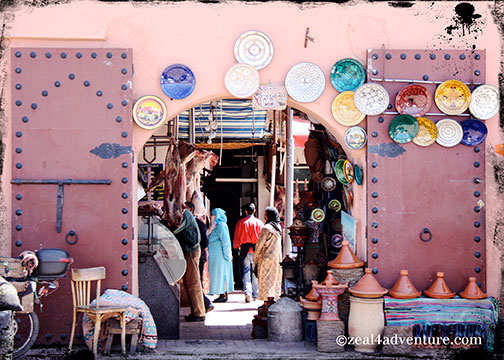
A network of souks begins on the north edge of Djemaa el-Fna and ends at the Ben Youssef Madrasa, comprising of alleyways of local shops full of character.
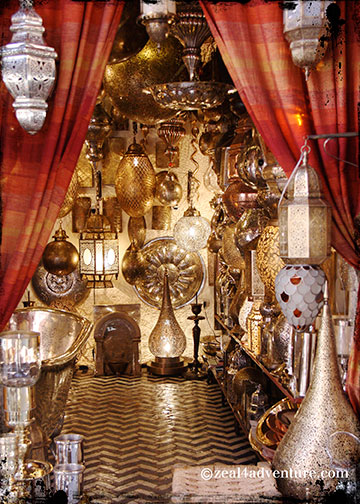

The further in you venture, the more fascinating they become from souks touting everything to the (more) sedate choice boutiques.
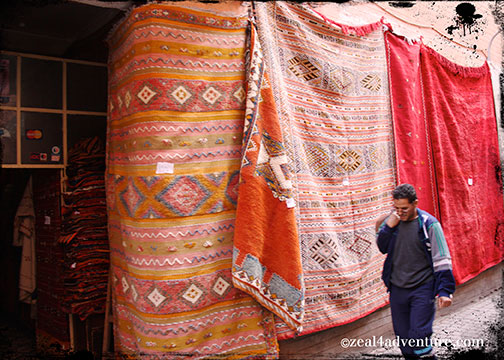
Find Berber carpets, pick up wood carvings, try on djellabas and babouches,
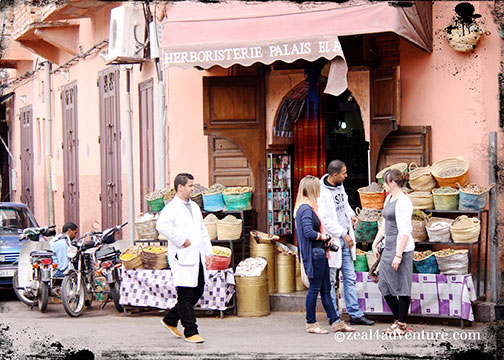
or merely listen to herbalists sell you miracle cures for the aging, wander and get lost, then get help from a bunch of boys playing in the street… all these are part of the fun when exploring Marrakech’s medieval souks and winding streets.
Do all these because if you have not gotten lost, if teenagers have not offered to help you find your way out, if they didn’t hassle you for a tip, if you have not been greeted and lured by jovial merchants in five different languages, you have not experienced Marrakech.
Useful Info:
(Belly Dancing Show)
Restaurant Dar Essalam
170 Riad Zitoun Kedim
For Reservations: 212 (0) 5 24 44 35 20
Les Terrasses de l’Alhambra
3 Place Jemaa El Fna, Medina
212 (0) 5 24 23 75 70
